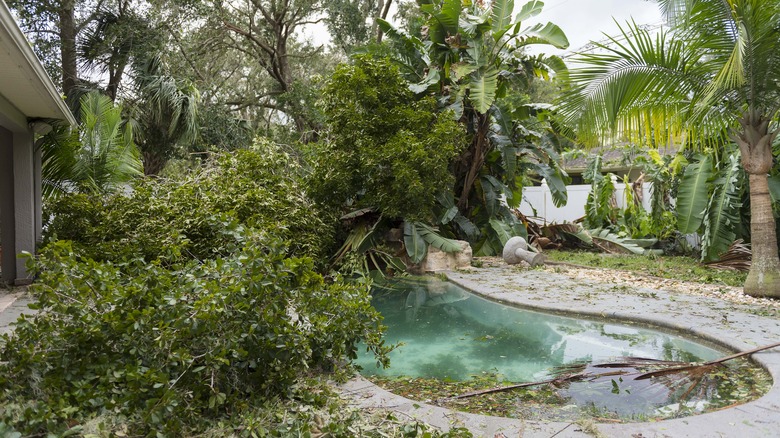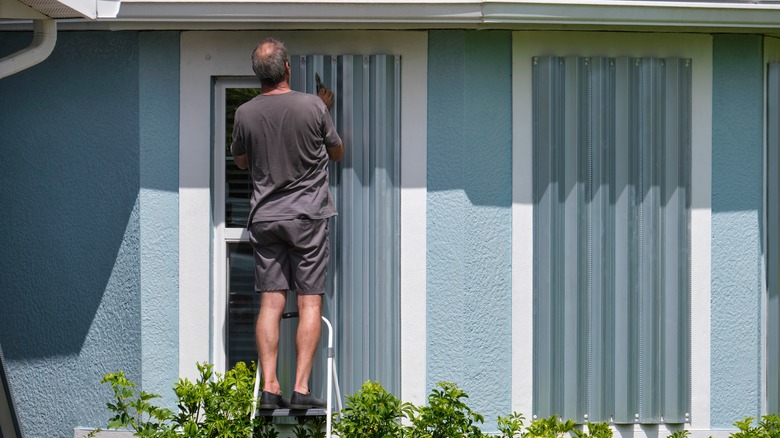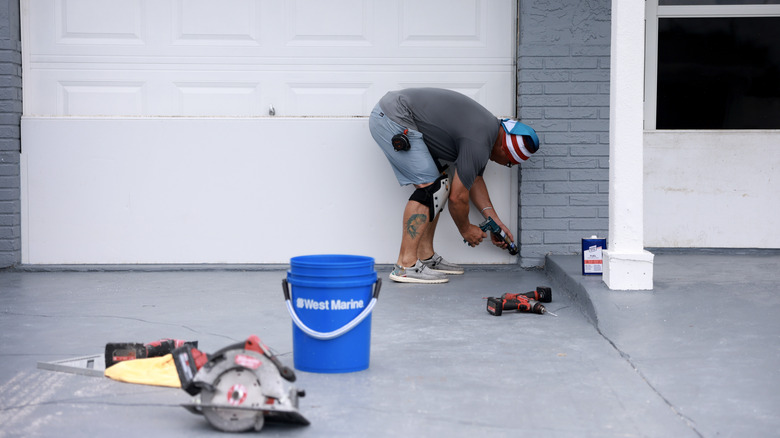Simple Ways To Protect Your Home & Outdoor Space During A Storm
Whether preparing for a hurricane, tropical storm, or any other type of potentially damaging storm system packing high winds and heavy rains, there are steps you must take to protect your property. Although most people realize they must do something to secure their home, many overlook their outdoor living space. However, when it is time to batten down before a storm, taking care of your yard, garden, patio, and pool can also help preserve your home and belongings. Therefore, a good preparation plan will entail taking care of all of your property in an efficient manner.
Of course, personal safety is of the utmost importance when a storm is approaching. So, the priority is to stock up on food, water, and emergency supplies and prepare to either evacuate or ride out the storm. If evacuation orders are given, you absolutely must leave your home behind. But before leaving town or hunkering down, you need to utilize these simple ways to protect your home and outdoor space. While it is best to begin storm preparation as early as possible — before a storm even forms, is ideal — there are still plenty of last-minute ways to minimize damage.
Essentially, damage from storms results from one or two factors — wind or water. Each of these elements is capable of causing tremendous property damage. When they arrive in conjunction, the results can be devastating, especially for those who have not taken steps to protect their property. So, when it comes to storm preparation, here's what to do.
How to protect your home from windstorm damage
Covering windows with boards or storm shutters is a well-known strategy for protecting homes, garages, and sheds in a strong storm. However, it is also important to secure or remove anything that can become airborne or fall during high winds. In hurricane force winds, even otherwise mundane items can become dangerous projectiles if not secured. Be sure to pick up any loose item from your yard that can be moved. This includes things such as lawn and patio furniture, BBQ pits, lawn equipment, and kids' toys. Secure these items in your garage, shed, or home.
Larger items that are too bulky or heavy to move should be anchored with straps. Even storage sheds and dock boxes should be strapped and securely anchored. You also need to check for and secure any loose boards on porches, decks or fences. It is also a good idea to make sure all shingles and roofing materials are securely attached.
Limbs, branches, and trees that break or fall during storms are another very real threat during a strong storm. Again, ideally, storm preparation will have begun weeks or even months before a storm threatens, this is particularly true when it comes to tasks such as trimming branches and limbs. If there is time before an approaching storm, cutting limbs or branches that are near windows or rubbing against the roof can go a long way to preventing damage from strong winds. This also applies to any weakened or dead trees. However, if a storm warning has already been issued, it is best to focus on other preparation tasks.
How to protect your home from rain and flood water
According to the National Hurricane Survival Initiative, water damage during strong storm systems such as hurricanes can be done by torrential rainfall, freshwater flooding, or saltwater storm surge flooding. Steps you should take to protect your home and property from heavy rainfall include inspecting and patching roofs, cleaning gutters and drains, sealing any leaking windows, and filling any open holes or cracks in your home, garage, or sheds.
When it comes to flooding, the key is to prevent the rising water from entering. To do this, place sandbags or other barriers in front of all doors — including garage and shed doors. Some prefer to use wood planks to form a type of dam across and doors or openings. If utilizing this method, be sure to caulk the gaps along the bottom and edges of the boards. Whether using sandbags or boards, it is best to place a plastic liner behind and under them. In recent years, it has also become much more common to use commercially available barriers, such as the Quick Dam Water Activated Flood Barrier.
Finally, although your swimming pool is one of the outdoor features that adds value to your home, it is also one of the more commonly forgotten items to be tended to when a storm approaches. Steps you need to take in order to protect your pool include turning off the power and protecting the electrical equipment by wrapping in plastic and placing sandbags or barriers in front of the room housing the pump. Then, add extra chlorine to the pool, but do not cover it and do not drain it.


